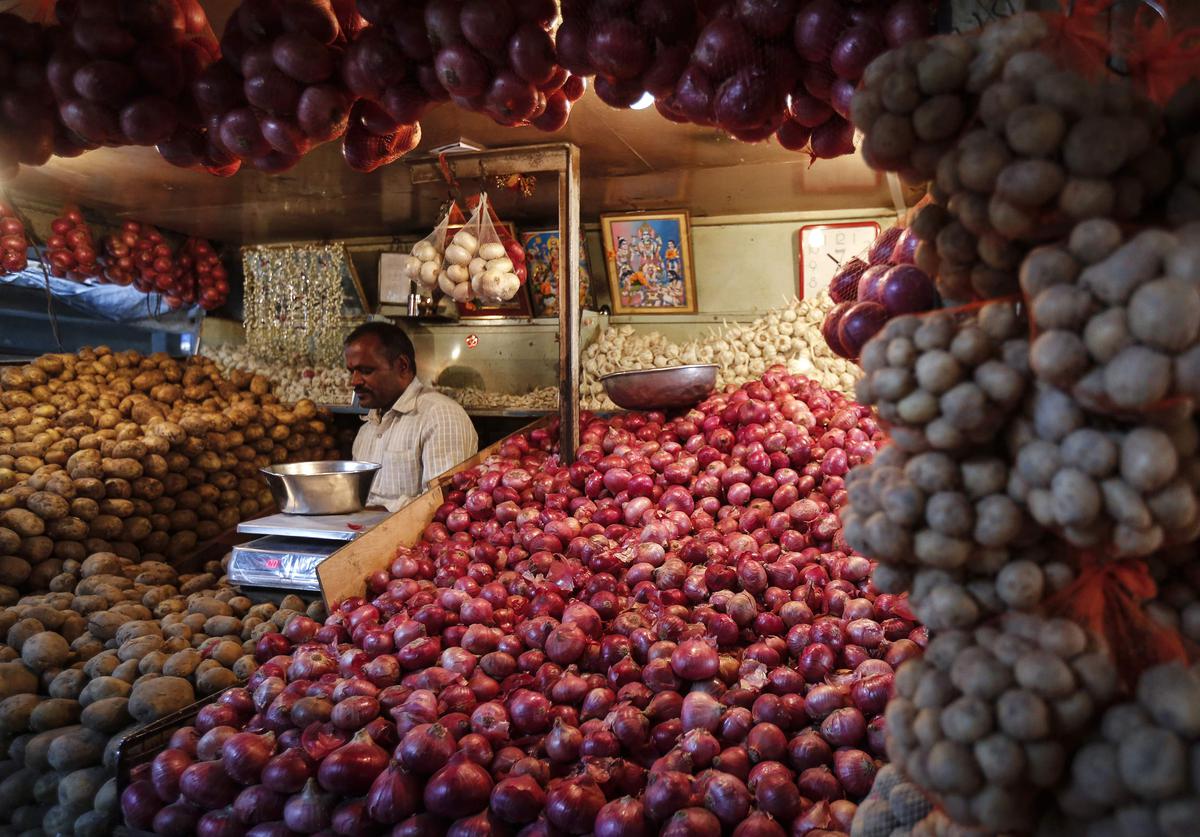With the December Purchasing Managers’ Index (PMI) falling to 56.4, India’s manufacturing activity ended the year at a 12-month low and had its weakest growth rate of 2024, according to statistics provided by S&P Global on Thursday. This suggested that the improvement in operating conditions was less pronounced.
Although the headline number was lower than its November value of 56.5, it was still higher than its long-term average of 54.1, indicating a strong rate of growth. According to the December data, the industry grew in 2024 despite slower output growth, new orders, and buying inventories. Despite robust job growth and a reduction in cost constraints, this was the case.
According to the survey, businesses still stated that promotion and a favorable customer base boosted revenue. Although it was the joint-slowest expansion in a year (equal to September), the most recent expansion was nonetheless sharp. Qualitative data indicated that pricing pressures and competition hindered expansion.
With labor, material, and container costs apparently on the rise since November, Indian manufacturers reported yet another increase in overall expenses. The report also noted that the rate of input price inflation was mild by historical standards, having slowed since the previous month.
December saw a tenth consecutive month of growth in manufacturing employment, and the rate of job creation accelerated to its strongest level in four months, it noted. According to the report, about 10% of businesses increased their workforce, while less than 2% of businesses reduced employment.
Another monthly increase in input inventories was supported by shorter lead times and growth in purchases. Although it was the lowest since December 2023, the rate of accumulation was yet strong. On the other hand, post-production inventories saw a fresh drop. In addition, the contraction rate was the fastest in seven months. Panelists said that huge sales volumes had caused inventories to run out.
According to S&P Global, Indian manufacturers were optimistic about an increase in output in 2025. Advertising, investment, and the anticipation of favorable demand all contributed to optimism. However, worries about inflation and pressures from competition dampened sentiment.

